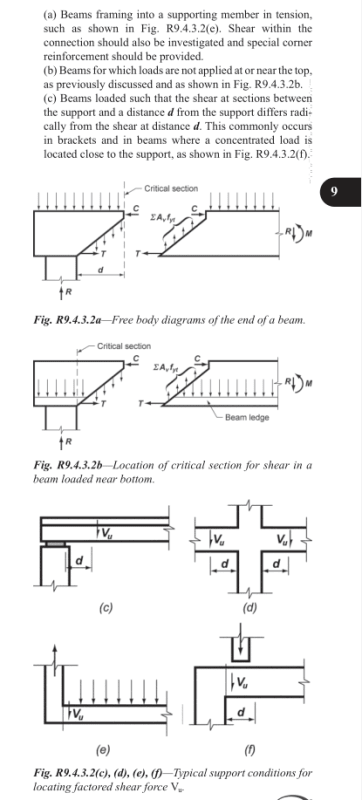Struct_Dre
Structural
- Mar 29, 2019
- 48
Hello All!
When using finite element analysis (RISA 3D) to analyze underground concrete tanks, I often get abnormally high shear results at the corners of the tanks. The plate forces at the corner plates will typically be substantially larger than the adjacent plates. Very early in my career, I was shown a passage in the ACI code which says that the shear can be taken at some distance away from the corner to be more accurate, b/c the high shear results tend to be inaccurate. I was shown the section in ACI years ago and I have not been able to find it since.
Does anyone know where this is located in the ACI code? Or does anyone know of a definite formula to follow in this situation? I was basically taught a rule of thumb and I would like a concrete way to address this issue that arises constantly.
Any help is appreciated!
When using finite element analysis (RISA 3D) to analyze underground concrete tanks, I often get abnormally high shear results at the corners of the tanks. The plate forces at the corner plates will typically be substantially larger than the adjacent plates. Very early in my career, I was shown a passage in the ACI code which says that the shear can be taken at some distance away from the corner to be more accurate, b/c the high shear results tend to be inaccurate. I was shown the section in ACI years ago and I have not been able to find it since.
Does anyone know where this is located in the ACI code? Or does anyone know of a definite formula to follow in this situation? I was basically taught a rule of thumb and I would like a concrete way to address this issue that arises constantly.
Any help is appreciated!

